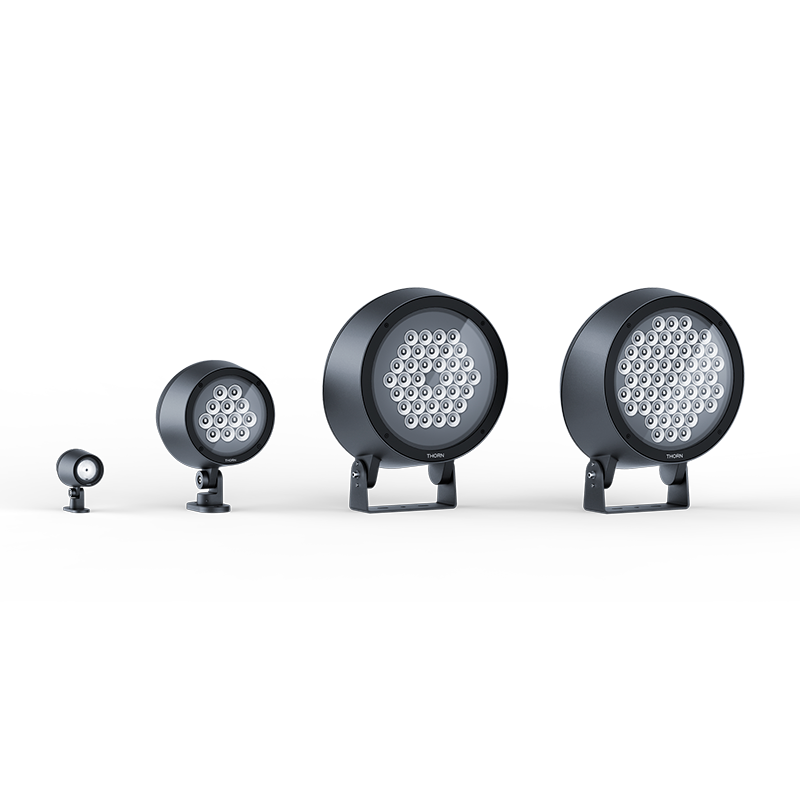Plaza De España

Client
Madrid City Council
Project location
Madrid, Spain
Project date
2021

Innovative Lighting Design Enhances Ambience and Functionality
Thorn Lighting collaborated closely with architects to develop a lighting scheme that accentuates the plaza's architectural features and natural elements. Warm lighting at entrances guides visitors into the space, while dynamic RGBW lighting in the central area allows for customizable scenes, enhancing the plaza's versatility for different occasions and times of day.
Products

Transforming Madrid's Iconic Plaza into a Vibrant Urban Space
Plaza de España in Madrid underwent a significant transformation to become a more accessible and green urban space. The project aimed to enhance pedestrian and cyclist access, integrate green areas, and highlight historical landmarks. A key component was the implementation of a dynamic lighting solution to create a welcoming and adaptable environment for various events and daily use.

Thorn's Contrast Luminaires Deliver Flexibility and Aesthetic Appeal
The project utilized Thorn's Contrast luminaires, known for their versatility and elegant design. Installed on seven 22-meter-high triangular columns, these luminaires provide both warm white light for general illumination and RGBW capabilities for dynamic lighting scenes. This setup ensures uniform lighting across various surfaces and supports the creation of diverse atmospheres within the plaza.

This unique city project is accompanied by special lighting that combines design and lighting criteria. An urban lighting proposal that fosters greater awareness of the importance of light in public space.
Thorn Lighting
Project Gallery
LIGHT THAT SHAPES IDENTITIES
Urban Life & Architectural Lighting
